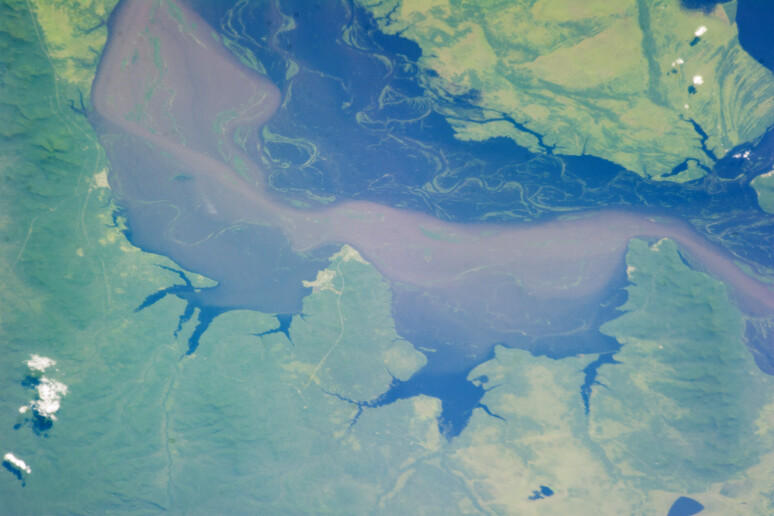The intensity of water cycle extremes — droughts and floods — increased from 2002 to 2021 according to a study by experts from the Nasa Goddard Space Flight Center and University of Maryland using data from the NASA/German Gravity Recovery and Climate Experiment (GRACE) and GRACE Follow-On (GRACE-FO) satellites and published in Nature Water.
This intensity is closely linked to rising global temperatures, suggesting that continued warming could cause more frequent, widespread and severe droughts and floods. Matthew Rodell and Bailing Li used satellite observations to identify floods and droughts around the world between 2002 and 2021, examining their extent, duration and severity. The authors found that there was an excess of droughts and floods during 2015–2021, which were also the hottest seven years on record. During this period, the frequency of the most extreme events was 4 per year, compared with 3 per year over the previous 13 years.
Monthly intensities grew in line with with global mean temperature. The most intense extreme event of the last 20 years has been the ongoing heavy flooding in central Africa, which started in 2019 and has caused water levels in Lake Victoria to rise by a metre. Three of the most intense droughts on record have also started in recent years, affecting the southwestern United States, southern Europe and southern Brazil.
Riproduzione riservata © Copyright ANSA













